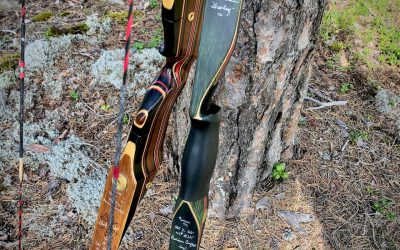 From the very beginning of your archery journey, you’ll hear terms like nock height, brace height, arrow weight, arrow length, plunger, and spine, among others. But how much do these factors actually matter? Isn’t technique the most important thing?
From the very beginning of your archery journey, you’ll hear terms like nock height, brace height, arrow weight, arrow length, plunger, and spine, among others. But how much do these factors actually matter? Isn’t technique the most important thing?
The answer is that both are equally important. All tuning aspects absolutely matter, but their impact is minimal until you’ve developed a stable technique. In the very beginning, it’s most important to have arrows and bow settings that are “good enough.” That’s sufficient. Of course, you should try to find arrows that match your bow’s draw weight and are long enough for your draw length. But since you’ve found your way to an archery club’s blog, we’ll assume you’ve got that covered.
What we mean by saying that fine-tuned equipment matters more after you’ve developed good technique is that it’s very difficult to identify exactly what’s wrong—or right—until you have a solid foundation. By “good technique,” we mean you should be grouping your arrows reasonably well at a minimum of 12 meters. If you’re not quite there yet, bookmark this article and come back to it later.
If you’re still reading, congratulations! You’re well on your way to becoming a skilled archer. Once you’ve reached the point where you’re shooting consistent groups, it’s time to start fine-tuning your equipment.
Where to Start with Tuning
There are many aspects to consider, but we recommend starting with the simplest: your brace height. After that, move on to nock point adjustment. At the same time, check the spine, length, and tip weight of your arrows.
Instead of writing a long and complicated explanation here, we recommend the following resources:
- For instinctive and longbow archers, we suggest a video by the highly skilled archer Clay Hayes. He provides a detailed and easy-to-follow explanation.
- For barebow archers, BK Fiskgjusen’s own Barebow coach, Janne Liljegren, has created an excellent PowerPoint guide, which you can find here.
- For compound bow tuning tips, stay tuned—we’ll cover that in a future article.
By focusing on tuning your equipment after establishing solid technique, you’ll be on the right path to maximizing your potential as an archer. Good luck!




0 Comments